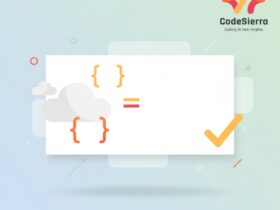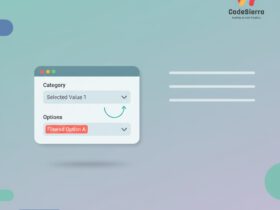Overview
Salesforce Flow is a powerful, declarative automation tool within Salesforce that enables admins and developers to build business processes using a visual interface. Flows replace many use cases previously handled by Workflow Rules, Process Builder, and custom Apex, allowing organizations to automate tasks, collect and update data, and integrate with external systems without writing code.
Core Components
Salesforce Flow is built from several key building blocks that make it flexible and suitable for a wide range of automation needs:
- Elements — Actions performed in the flow (e.g., Create Records, Update Records, Get Records, Decisions, Screen elements).
- Resources — Variables, constants, collections, formulas, and labels used to store and manipulate data inside the flow.
- Connectors — Visual arrows that define the sequence of steps and conditional branching.
- Triggers — How the flow starts (Screen Flows started by users, Record-Triggered Flows, Schedule-Triggered Flows, and Platform Event–Triggered Flows).
Types of Flows
The main types of Flow you should know:
- Screen Flow — Interactive flows with screens used for guided processes (data capture, multi-step forms).
- Record-Triggered Flow — Runs automatically when a record is created, updated, or deleted (real-time or after-commit).
- Schedule-Triggered Flow — Runs on a scheduled cadence to perform batch-type automation.
- Autolaunched Flow — Runs without user interaction and can be invoked from Apex, Process Builder (deprecated), other Flows, or REST.
Why Salesforce Flow Is Important in Automation
Salesforce Flow is central to modern Salesforce automation for several reasons:
- Declarative power — Flows let admins implement complex logic (loops, decision branches, data transformations) without coding, increasing agility and reducing dependency on developers.
- Consolidation — Flow consolidates functionality that used to require multiple tools (Workflow Rules, Process Builder, Apex) into one consistent interface.
- Maintainability — Visual representation of automation makes it easier to understand, debug, and update business logic.
- Scalability and performance — Record-Triggered Flows (before-save and after-save) provide performant, bulkified operations that can replace triggers for many use cases.
- Extensibility — Flows can call Apex actions, Platform Events, and external services (via Invocable Actions or HTTP callouts in Apex), enabling integrations while keeping logic declarative.
- User experience — Screen Flows allow admins to create guided, branded experiences for users without Visualforce or Lightning Component development.
Practical Examples
Common automation scenarios implemented with Flow:
- Auto-populate and validate fields on records using before-save Record-Triggered Flows.
- Route leads or cases via Decision elements and update owner or queue based on criteria.
- Collect multi-step user input for quotes or approvals using Screen Flows and persist data across multiple objects.
- Perform nightly data maintenance with Schedule-Triggered Flows (e.g., close stale opportunities, archive old records).
Best Practices
To get the most from Salesforce Flow, follow these best practices:
- Use before-save Record-Triggered Flows for simple, fast field updates (lower CPU and DML).
- Bulkify logic and avoid queries/updates inside loops; leverage collection processing.
- Modularize by building reusable Autolaunched Flows (subflows) for common logic.
- Version and test — keep versions for rollback, and use debug logs and flow interviews for testing.
- Document decisions — use clear labels and descriptions so other admins can understand the flow.
Common Pitfalls
Watch out for these issues when building Flows:
- Overly complex single flows — break into smaller subflows to improve readability.
- Unintentional recursion — guard against flows that update records which re-trigger the same flow.
- SOQL/DML limits — ensure operations are bulk-friendly and use collection-based updates.
Quick Flow Pseudocode
// Pseudocode for a Record-Triggered Flow
Trigger: Opportunity (After Update)
Get Records: Related Account
Decision: If Opportunity Stage == 'Closed Won'
- Create Task for Account Owner
- Update Account: Last_Closed_Won_Date = Today()
Conclusion
Salesforce Flow is the recommended, future-focused automation tool on the platform. It empowers admins to build complex, maintainable, and scalable business processes with low-code tools, streamlining delivery and reducing technical debt. Mastery of Flow is essential for anyone responsible for Salesforce automation.










Leave a Reply